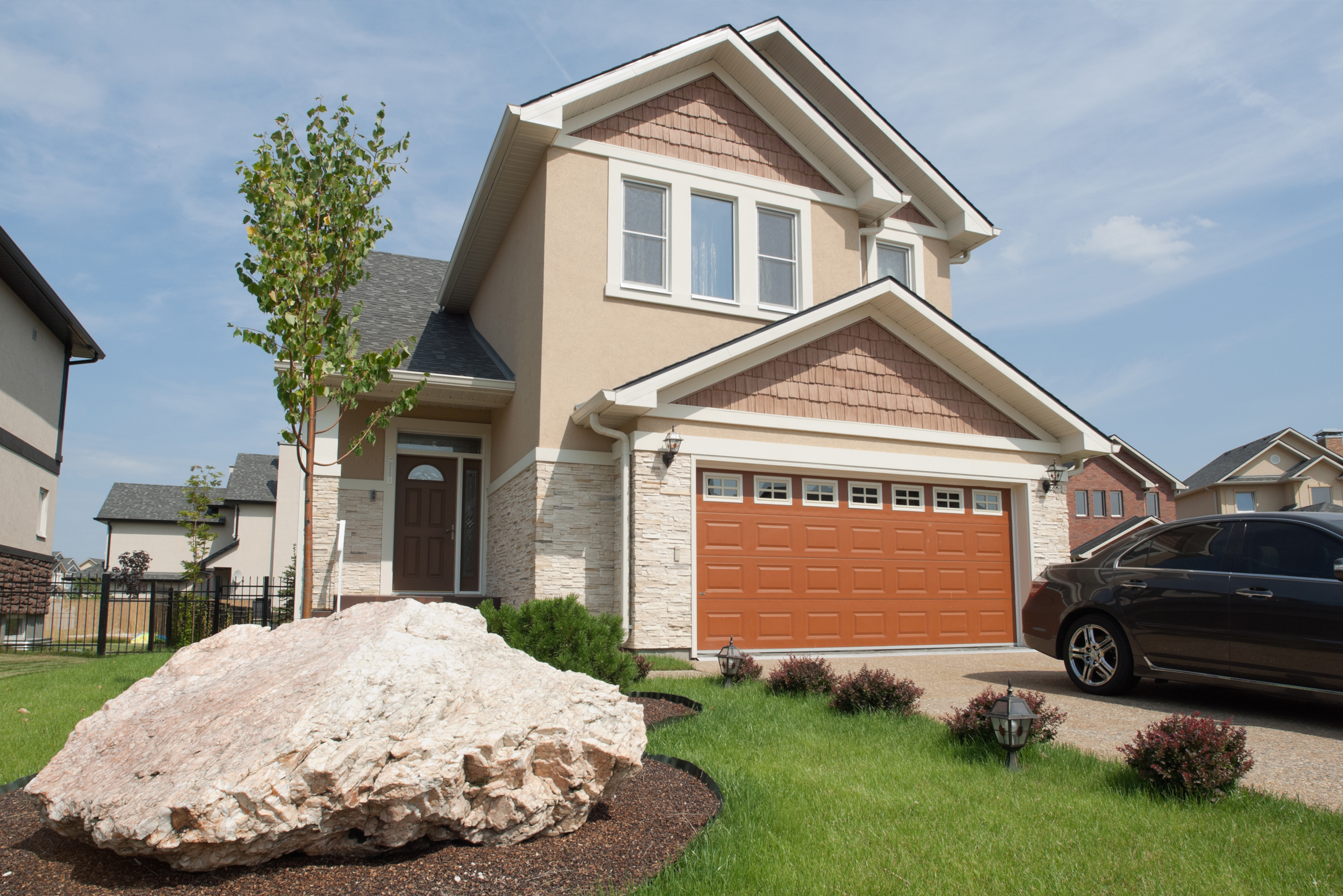American households spend an average of 25.8% of total average earnings on housing costs, from mortgages to property taxes. While this falls under the 28% rule, there’s no harm in saving even more for daily living expenses or paying off debts. One of the best ways to lower housing costs is to reduce your mortgage. Here are seven mortgage tips and hacks that won’t hurt your credit or put you into further debt.
1. Refinance to a lower interest rate
One popular way to reduce your mortgage payment is to refinance to a lower interest rate. With a reduced rate, you will have lower monthly payments, which come with less interest. One downside to refinancing is that you can expect to spend three to six percent of your loan principal on closing costs. Make sure refinancing will lower your interest rate enough to cover your closing costs and save you money in the long run.
2. Refinance to a shorter-term mortgage
Another way to change your mortgage is to refinance to a shorter-term loan. Most homeowners have a 30-year mortgage, but you can significantly reduce your interest rate and pay off your loan faster by refinancing to a 15-year mortgage. While you will incur closing costs for the refinancing process and have a higher monthly payment, a 15-year term will help you finish paying your mortgage sooner.


